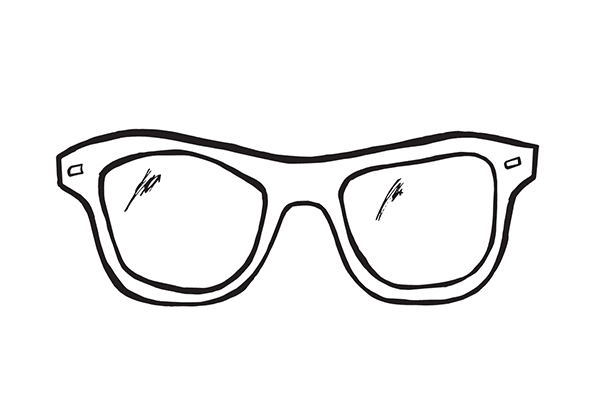The 20-20-20 Rule
We don’t know the long-term ramifications of looking at our devices all day, but we do know the short term impact. The average eye blink is 18 times per minute (tpm), and goes down to 4 tpm when working off a digital device. This indicates that when we work on our digital devices, the eye blink rate decreases of by 70%. The eye blink average is 18 times per minute (tpm), but it goes to 4 tpm when working off a digital device. The blue light we are constantly staring into causes eye strain, and the main concern with eye strain is that it often causes our entire body to feel tired.
To help combat eye strain and increase productivity, I began testing the 20-20-20 rule:
- Every 20 minutes, take a strategic break for 1-2 minutes.
- Physically move—usually, this is as simple as standing up or walking to the drinking fountain.
- Look at a fixed object at least 20 feet in the distance for 20 seconds (e.g, tree, sign).
The 20-20-20 rule was popularized by Dr. Jeff Anshell, a specialist in “vision ergonomics.” Dr. Anshel came up with the idea after seeing many patients coming into the office with “strange” vision concerns. The only common thread he found were patients using computers for extended hours.
The basis behind the 20-20-20 rule, according to Dr. Anshel, comes from studies that found the benefits of shorter, more frequent breaks for musculoskeletal disorders. He adapted the information to the visual system. [Chou, Brian, “Deconstructing the 20-20-20 Rule for digital eye strain,” Optometry Times, February 22, 2018, bit.ly/2FV1WoY]
While twenty minutes works for most people, it isn’t for everyone. You will need to test what works best for you. Some of you might work best in 30 or 40-minute segments. While the 20-20-20 rule works best for me, here are some other popular power break techniques.

If you enjoyed this post, please feel free to share with a friend and checkout The Focus Project.
Now available on Amazon.






